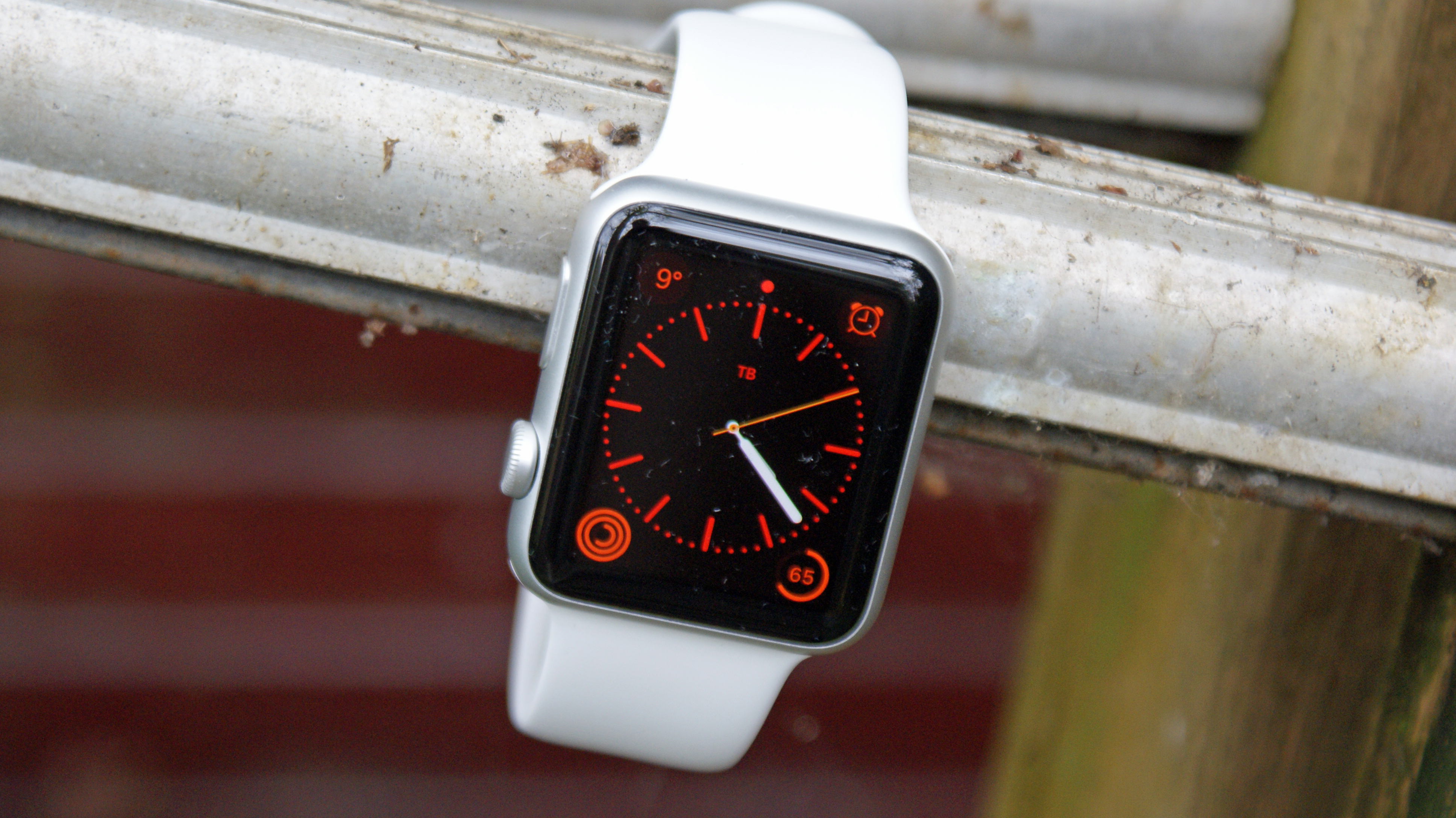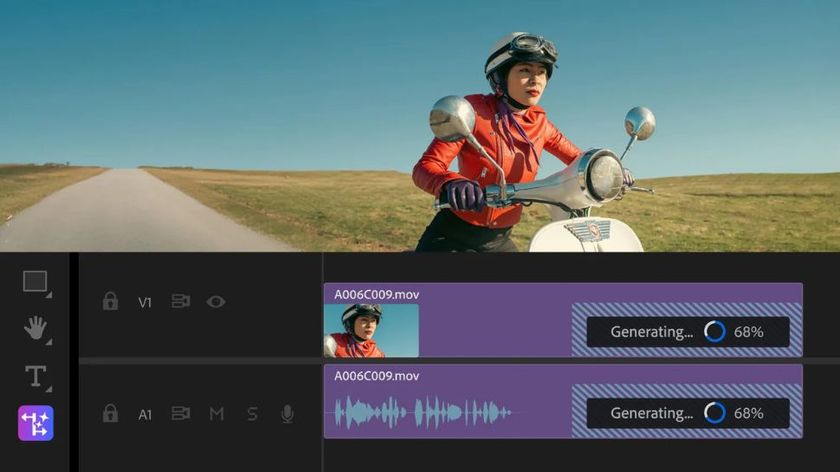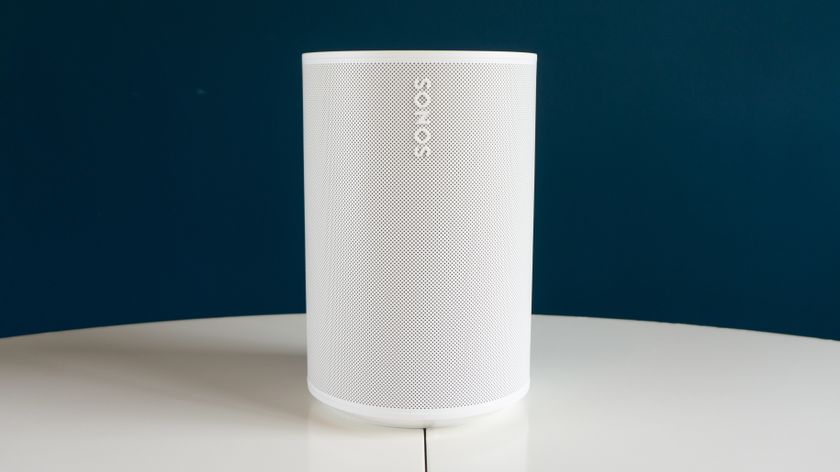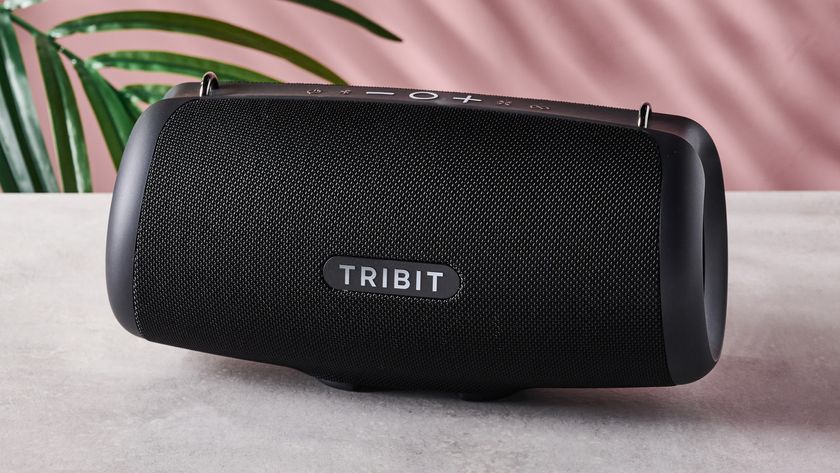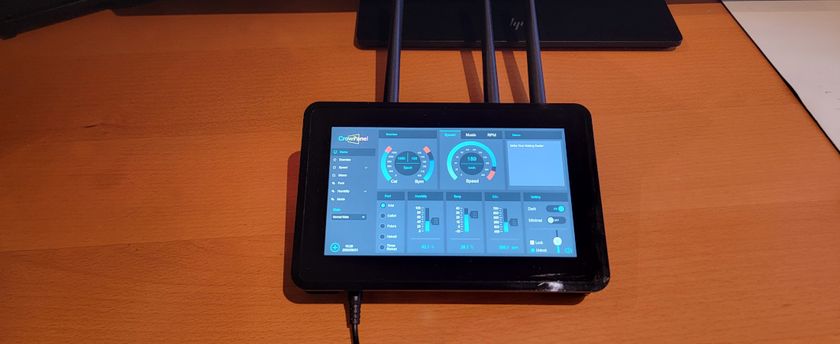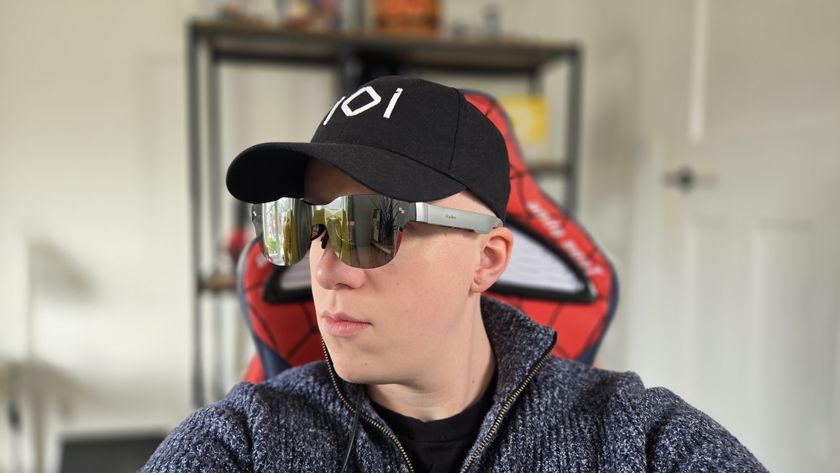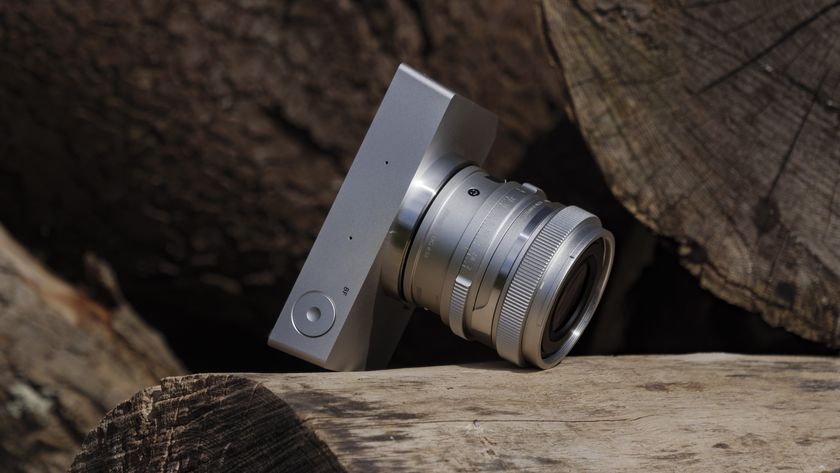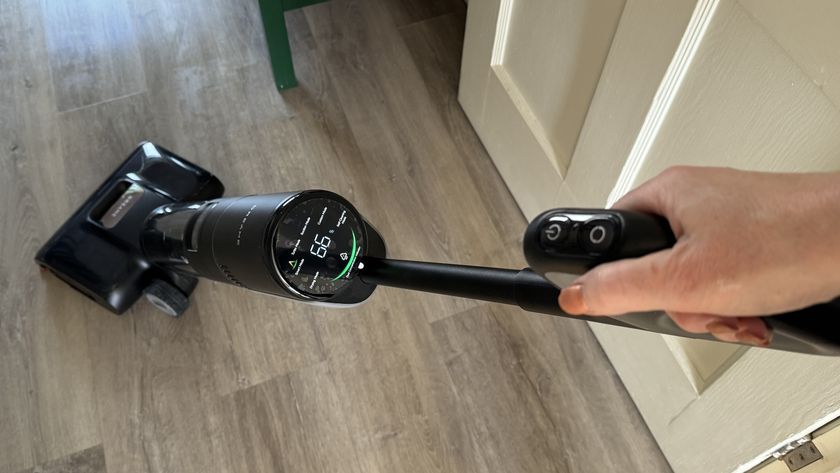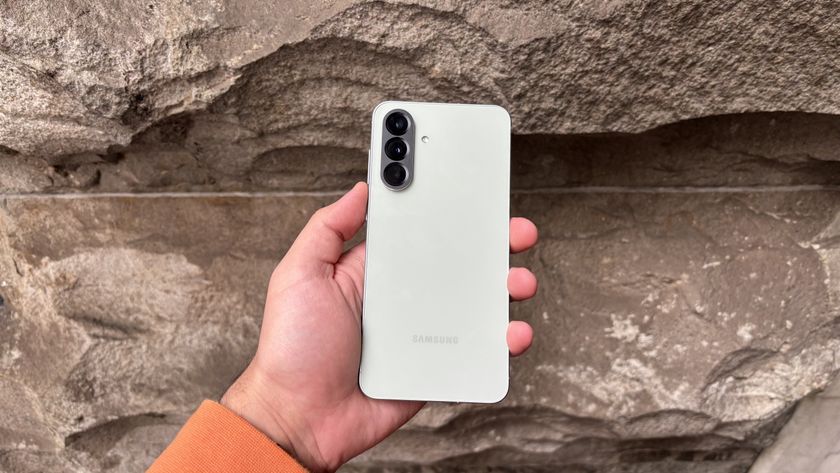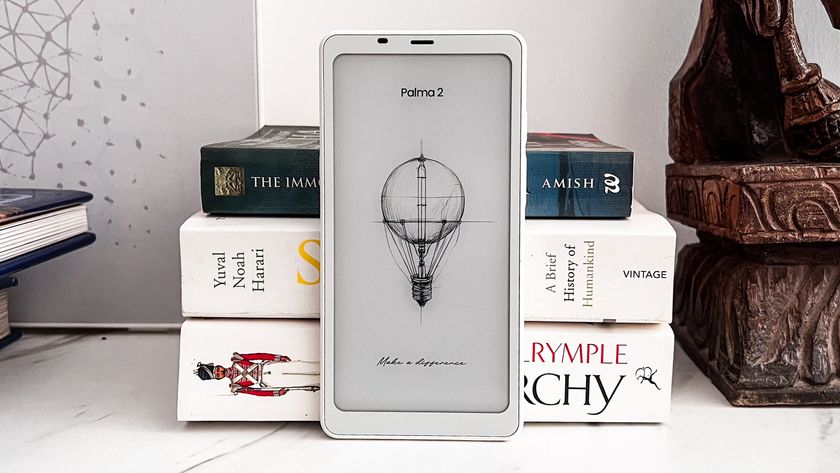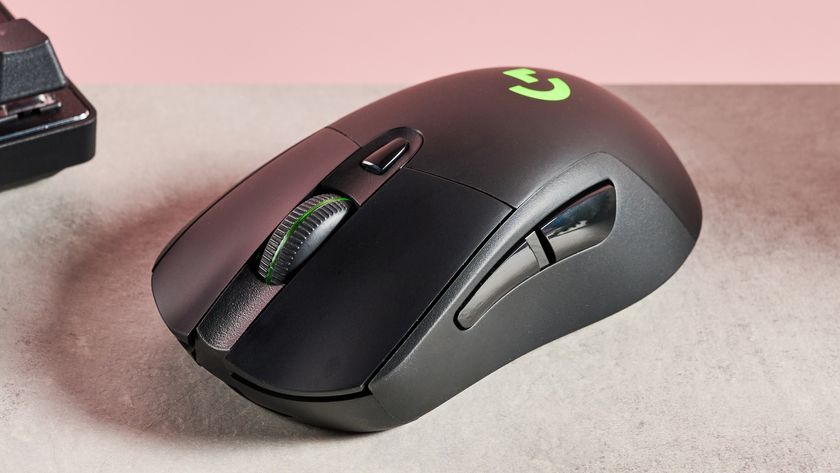TechRadar Verdict
The Apple Watch is good, but better suited to the wrists of early adopters and boutique shop regulars. It's convenient but there's a learning curve you have to overcome and a high price that some people won't be able to get around.
Pros
- +
Stylish design
- +
Clever interface
- +
Dramatic OS update
Cons
- -
Expensive at any level
- -
Battery life is one day
- -
Missing many key apps
Why you can trust TechRadar
Fresh features through the watchOS 4 update and even more apps on your wrist means it's a little more enticing to buy an Apple Watch in 2018 than it first was when it was released in 2015.
The Apple Watch is a fantastic smartwatch series, as long as you're expecting an iPhone-tied convenience gadget, not a life-changing piece of technology.
This review is specifically for the original Apple Watch (now retooled and released as the Apple Watch Series 1) and covers the device that was initially released in 2015. Since then we've seen the launch of the Apple Watch 2 and Apple Watch 3, but is it worth getting the oldest device?
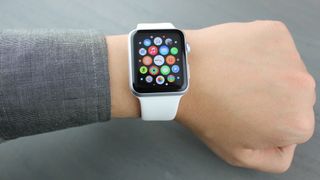
You can still purchase the original Apple Watch from some retailers (or even get it second hand) but it's the Apple Watch Series 1 version that's on sale in most places. We've yet to update this review with the exact details of the Series 1 watch, but the differences are very limited.
The device called the Series 1 is much the same as the original Apple Watch, but a little speedier thanks to slightly more powerful internals and it comes with Bluetooth 4.2 technology. Apart from that, everything in this review should have you covered.
There are more than 70 flavors, with different case materials, colors, sizes and interchangeable Apple Watch bands to choose from so we'd recommend following our Apple Watch buying guide to learn the process of buying a smartwatch from Apple.
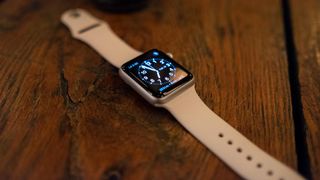
OS: watchOS 1 (upgrades to watchOS 4)
Compatibility: iPhone
Display: 1.65-inch
CPU: Apple S1
Band Sizes: 38mm, 42mm
Storage: 8GB
Battery life: up to 22 hours
Charger: Magnetic
IP rating: IPX7
Connectivity: Wi-Fi, Bluetooth, NFC
The Apple Watch is slowly becoming a good buy for more than its initial target audience of impatient early adopters and boutique store regulars. Beaming apps like Messages, Mail and every iPhone notification to an always-on-hand gadget is certainly useful.
It means you can retrieve your always-hiding-in-the-couch iPhone 8 with the easiest to use Find My iPhone app yet... and that's only one example of how the Watch can work with and complement your iPhone.
It may not be the most comprehensive fitness tracker, but it enables you to keep tabs on metrics like steps walked, calories burned and heart rate.
But a glorified iPhone finder and the ability to not have to fetch your phone for every vibration in your pocket is very much a luxury rather than a necessity. So is it worth that still-tough-to-swallow Apple Watch price? In this review, we'll find out.
Apple Watch price and release date
The original Apple Watch was announced in 2014, but wasn't released until April 2015 and that's the main device you'll see pictured in this review. Apple stopped selling that device when it announced the Apple Watch 2, and replaced the original with the Apple Watch Series 1.
The Series 1 is mostly the same device, but it comes with a slightly improved internal spec and it's likely that will be the smartwatch you find on sale in 2018, rather than the original model. It costs $249 / £249 / AU$359 for the most basic version of the Series 1, but the price rises higher if you want different materials or high-end straps.
That price is low compared to the Apple Watch 3, but this device is now a few years old so it's worth bearing that in mind if you plan to buy the original Apple Watch or Series 1. Given its age, this is still an expensive device.
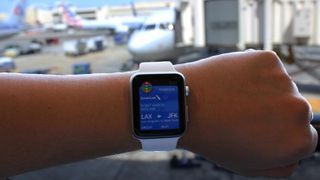
Design
Apple's build-up to the Watch's launch was all about the style, how it was forged in Ive's clean furnaces and made of angel tears (or something), and how it's capable of replacing the emotional connection thousands of us have with our current timepiece.
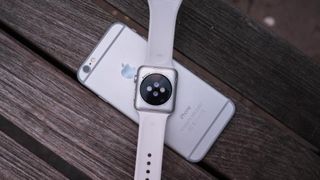
That really depends on who you ask and which Apple Watch you're talking about. There are three models, the aluminum Sport, stainless steel Watch and gold Watch Edition.
I've tried on every Apple Watch model, outside of the 18-karat gold Apple Watch Edition, before ordering, but I stuck with the entry-level 42mm aluminum Apple Watch Sport in white.
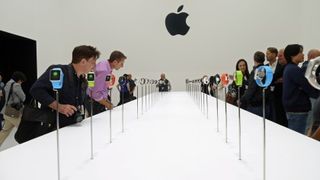
It's the cheapest configuration slightly more comfortable than its two posh counterparts that are made of heavier steel and gold.
They vary in price and unnecessary weight more than they do in attractiveness, although when switching to the steel Watch with Milanese loop I found more people preferred the shiny exterior of the more expensive model.
But if lightness is what you're after, the Sport's anodized aluminum case and Ion-X glass make it 30% lighter. It's 30g instead of the steel's 50g, and gold's 69g. That adds up on my wrist when I'm wearing this thing for 18 hours a day before the battery life is zapped.
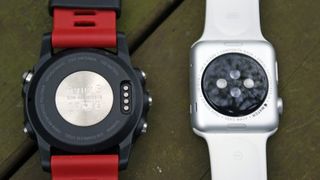
After a day of wearing the lightweight Apple Watch on my right wrist and a heavier Moto 360 on my left wrist - for testing purposes, I assure you - I almost couldn't feel the Apple Watch. For the same test with the Garmin Fenix 3 when running – a much, much larger watch – I noted the same effect, showing Apple's got the balance pretty right here.
Its aluminum frame matches the iPhone build and is therefore duller than the shiny stainless steel Apple Watch, but it still goes with a steel band like the Milanese Loop just fine.
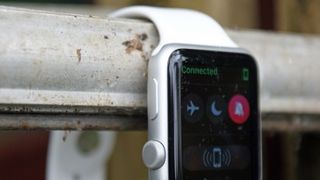
A bigger problem in the future may be that the Apple Watch Sport is missing the premium sapphire crystal glass, which is supposed to be almost scratch-proof. The good news is that the Ion-X glass substitute on the Sport model has proven resilient so far, after seven months of testing.
Since the launch of Watch OS 2 I've also been checking out the Rose Gold variant of the Apple Watch that, as you can probably guess, doesn't do much more than just making your wrist look a bit fancy (and it doesn't really match with many colors of band out there).
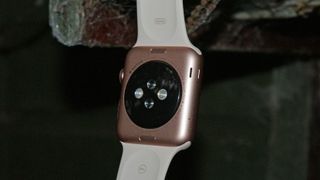
It's certainly better-looking if you're after a more fashionable statement with the Watch, and while this is the 42mm version it looks more elegant the smaller, 38mm, end of the spectrum.
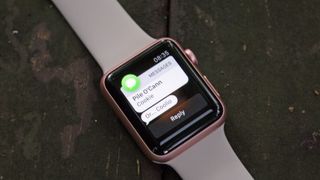
I've seen several "drop tests" videos of shattered Apple Watch Sport glass, but more relevant real-world tests would consist of minor wall and corner scraps for wearables. Geeky iPhone diehards whose equilibrium is off may want to spring for AppleCare just to be safe, but I've not seen a problem.
Everything else is the same among all the models. The case sits 10.5mm off of my wrist, slightly thicker than an Android Wear watch, but it has a stylishly curved glass and rounded off corners on the top, and a small bump to its black composite back's heart rate sensor.
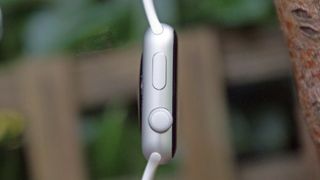
It's reasonably thin for now, but I can already imagine Apple making a "world's thinnest smartwatch" several times over for the Apple Watch 2 and beyond.
Its thickness does leave room for two large buttons, a classy sounding digital crown and an uninspiringly named "side button." Both are located on the right side for twisting and pressing through menus. A microphone and speaker are on the left side.
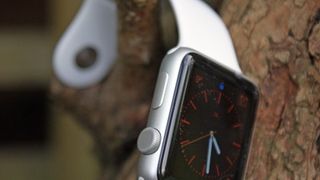
The Apple Watch Sport band is made of fluoroelastomer, which is Apple's fancy way of saying synthetic rubber, which is supposed to be extremely durable. It's held up, but the white color does get dirty and require a monthly scrub down.
The smooth strap, available in white, black, blue, green and pink colors, feels comfortable and is easier to buckle than any prong-clasped Fitbit I've tested. It tucks the excess band in a hole so that it hides behind the beginning the strap.
The difference between using the Sport model with the rubber strap and the Watch with Milanese loop felt like I was stepping up to a "proper" Watch. That's more the band than the model itself, so a swift switch between the two (providing you outlay the high cost to buy another band) is fine to improve the look.
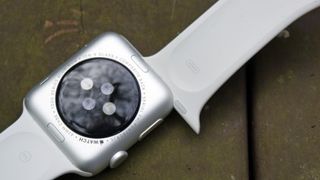
My watch came with two bands in the box, a larger and shorter size in the same white color. Changing the strap was incredibly simple and required no tooling, unlike the Moto 360. A secure fingernail tip-sized button underneath the watch releases each strap.
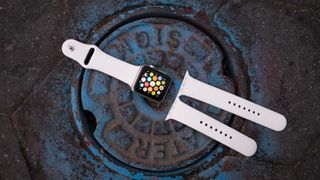
Although many Android Wear smartwatches work with third-party 22mm bands, the transition to a new Apple Watch band is more seamless. Cheaper third-party straps are in stock at Amazon.
Overall, the design of the Apple Watch is probably the biggest thing it's got going for it, and although I still feel like an early adopter, I do feel like it's becoming more acceptable to wear one (and a lot of people have asked about the Rose Gold variant too).
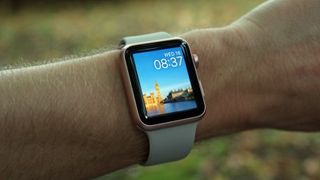
After a few months, the hype has died down and the idea of having a smartwatch on the wrist doesn't seem so crazy, which has perversely helped the Android Wear story too.
Display
Behind the Ion-X or sapphire glass of the Apple Watch sits a bright and colorful OLED. It's sharper than other smart watches, most notably the pixelated LCD of the Moto 360.
It's the right screen technology for smartwatches, as OLED displays draw much less battery when showing a darker screen. With OLED only the pixels used are turned on, and fewer pixels equals less battery drain.
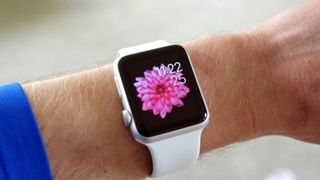
That's why most of the Apple Watch faces are surrounded by deep black background. It also helps the colorful app icons and watch face element pop.
The 38mm Apple Watch resolution is 272 x 340, while a 42mm version is 312 x 390. The bigger display's necessary extra power is offset by a larger Apple Watch battery.
Apple was able to design a sharp-looking flexible OLED display for the Watch, but it didn't go as far as creating a circular screen for a truly classic watch look.
Last year's Moto 360 did exactly that to the envy of iPhone owners who weren't able to get in on the modern smartwatch craze outside of the first two Pebble watches.
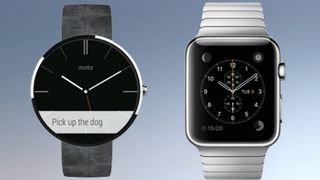
All of Apple's flowery marketing rhetoric about reinventing the classic watch look - from digital crown to complications - didn't end up translating into that that traditional round watch design, which is one of my largest criticisms with the form factor. I appreciate that the square is better for interacting with the Watch, but with the apps interface being spherical and 'traditional' watches just look better when round.
Apple Watch is more colorful than its iPhone-connected rivals though, especially the new Pebble Time, and readable in all but the brightest sunlight. But it comes at the expense of its battery life.
Current page: Introduction, price, design and display
Next Page Battery life and clever charging